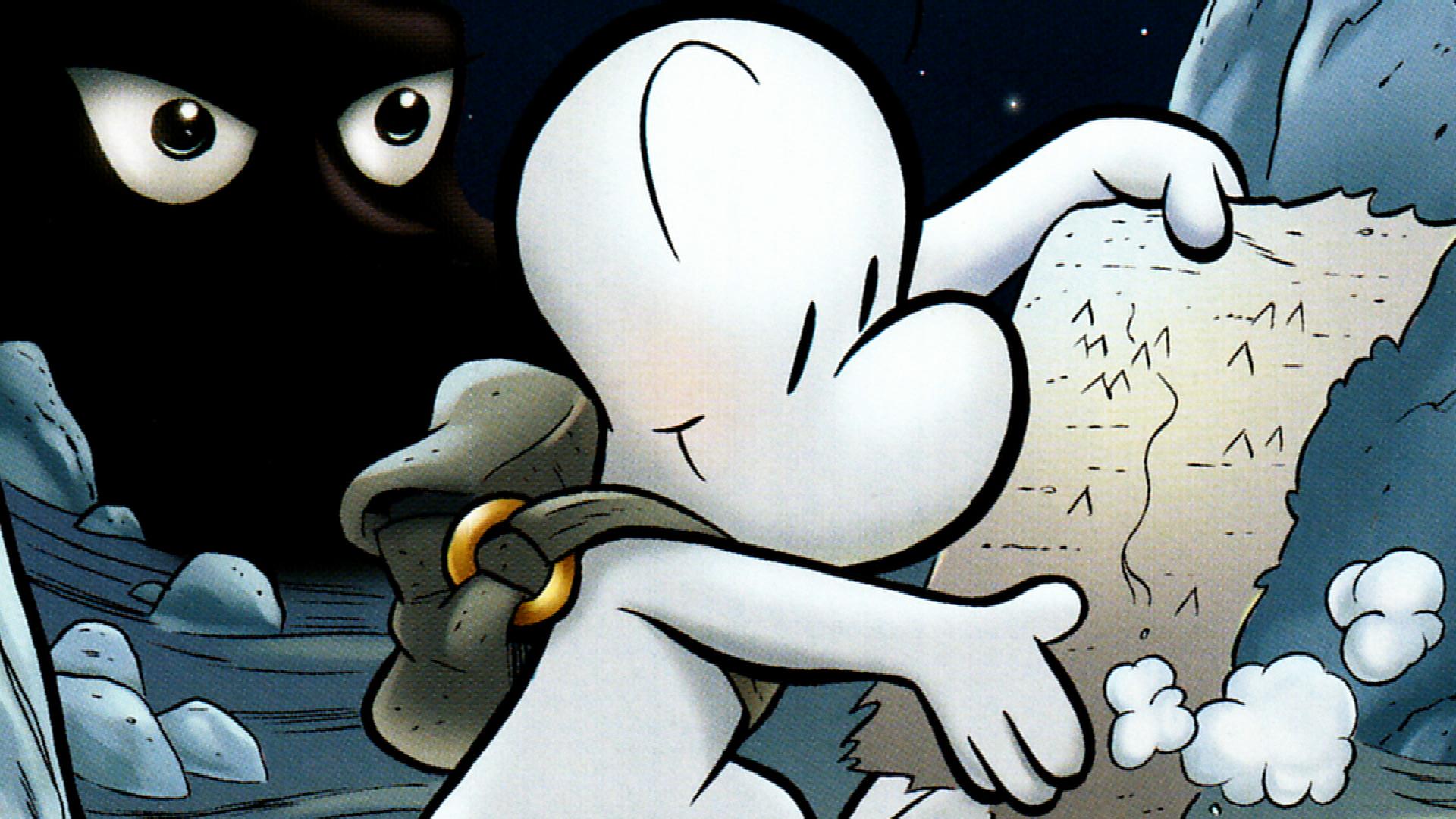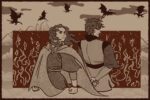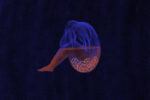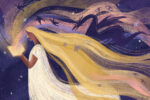Film adaptations of novels, comic books and memoirs have become an established norm. Some are remembered as triumphs, honoring and transcending their source material to create something truly unique and powerful, while others have failed to be anything more than pale imitations of what was originally a meaningful work.
Regardless, the adaptations that exist have only scratched the surface of the wealth of interesting writing that exists worldwide. In the interest of brainstorming, and in the hopes some very smart producer will happen upon my ideas, I’ve compiled a short list of books that would be engaging and interesting on screen.
1. “Bone”
“Bone” is a kids’ graphic novel series, following the adventures of three Bone cousins, a group of short, white creatures who look vaguely like tibias, as they flee from their native town in Boneville and find themselves in an unfamiliar valley filled with humans, dragons, rat-creatures and giant talking bees. The nine-book series charts their adventures as the three become further and further embroiled in the valley’s affairs, finding themselves square in the middle of a battle against a rising tide of darkness.
The concept alone is a winner and is written wonderfully. All of the novels’ themes are balanced between light and dark, humor and drama, and the plot is always engaging. The characters are well developed, fun and experience interesting growth. “Bone” also never condescends, striking a perfect balance in its presentation of serious material to a young audience.
“Bone” would also make an excellent television series. The plot and the world in which it’s set need room to breathe, and a movie would disservice the source material by attempting to pack too much in. As a TV show, “Bone” could very naturally span three or four seasons and wouldn’t feel boring.
The question in my mind is whether the show should be live action or animated. I lean toward the latter, because I believe there’s so much fantasy in this series that a live-action series would be over-polluted with CGI. The Bone creatures are notably strange against the backdrop of the valley, and juxtaposing them against actual film of woods would be hopelessly jarring.
There are also plenty of precedents set for animated, serialized TV series’ for kids. I grew up with “Avatar: The Last Airbender,” an animated show that also expertly presented hard themes to a young audience. If “Bone” could be adapted in a similar fashion, I think the series could really flourish and grow on-screen. I’m similarly confident the “Bone” TV series would be enjoyed by people of all ages, not just kids.
2. “The Illustrated Man”
Though he’s perhaps most known for “Fahrenheit 451,” no other work better presents Ray Bradbury’s true range than “The Illustrated Man,” a collection of short science fiction and surrealist stories. Though each story is unique and separate from the next, all of them are tattooed on the body of a man the initial narrator encounters in a park, who introduces each tale his tattoos represent. The book is a haunting, inventive and forever-influential collection of sci-fi and horror, and would be perfect for a TV series.
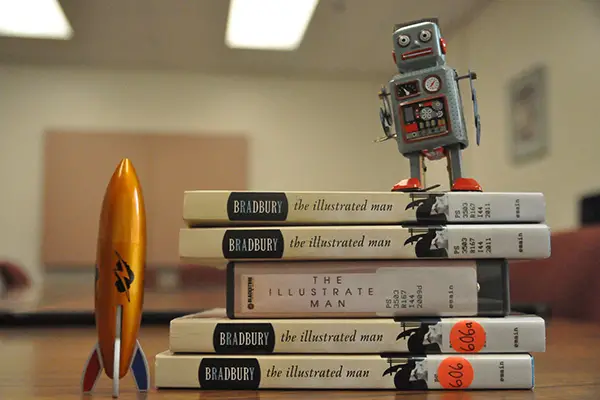
“The Twilight Zone” is an ancestor of “The Illustrated Man.” The show presented a new, bizarre concept in each half-hour episode, acted out with a separate cast. In present day, “Black Mirror” does the same for the modern age, focusing on the many horrific ways technological advancements can be corrupted by the cruelty of human nature and destroyed by the inevitability of human error. Both are perfect examples of successful, non-serialized science fiction series.
“The Illustrated Man” could easily be adapted in the same way, with each story acting as its own contained episode, introduced each time by the Illustrated Man on the park bench. All the episodes could either have a different cast each time, or rotate the members of their cast to different roles each time, as is done each season of “American Horror Story,” though whether or not such a shift would work episode to episode is unclear.
The series would not have to be confined to those shorts included in “The Illustrated Man,” and might eventually branch out to include some of Bradbury’s other classic shorts. Those shorts included can be expanded upon, updated or placed in new lights. They can similarly be shot to look like they take place in the time they were written, and the effect would be just as interesting. With “Fahrenheit 451” currently being adapted to film, a collection of Bradbury’s shorter and equally important works should be strongly considered for adaptation.
3. “Saga”
A pair of star-crossed lovers on opposite sides of a centuries’ long bloodbath of a war do their best to outrun the many forces who want to kill them as they try to protect their newborn daughter, the first known hybrid between their species, and search for a place where they can catch their breath long enough to learn how to be a family.
This is basic premise of “Saga,” an explosive and colorful space-opera comic series by Brian K. Vaughn and Fiona Staples. The story’s intergalactic setting is as dangerous and harsh as it is beautiful and varied; gushing with blood, sex and magic, the art is as captivatingly bright and alluring as a toxic tropical fish, and the story so fast-paced, engaging and heart-wrenching that once you start you’ll have physical difficulty putting it down.
The married protagonists each hail from opposite sides of the war between the Wings and the Horns, two races anciently intertwined by their respective positions on a planet and its moon, who have outsourced their war to the rest of the galaxy, involving a multitude of different species forced to take sides or die in the crossfire. The story follows them, as well as those sent to kill them, and the world of “Saga” continues to expand in unexpected directions.
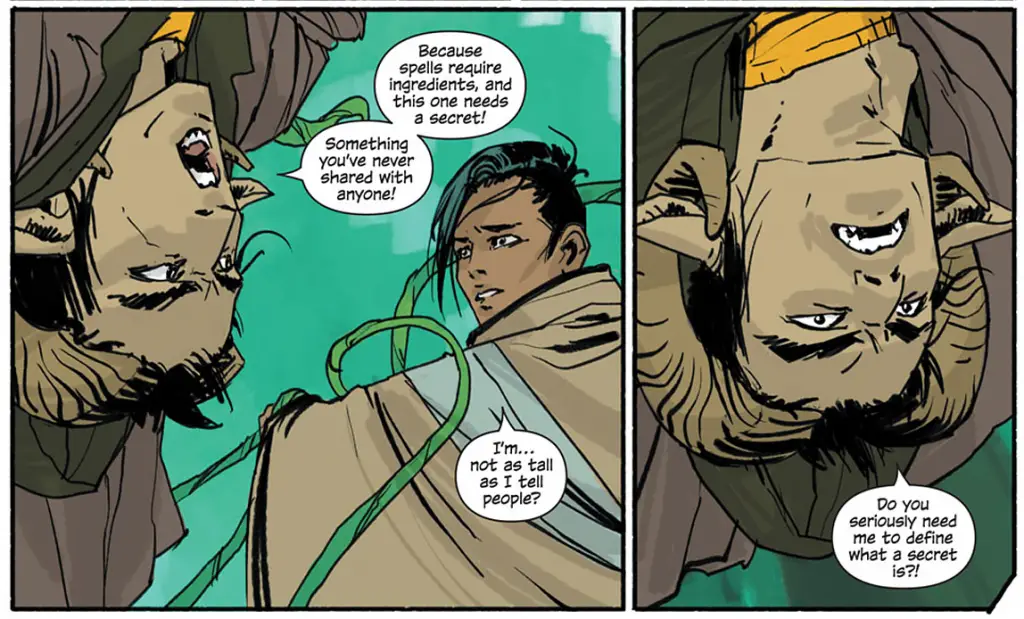
The series is still very much ongoing, so I would at present recommend it be adapted to a television series as well. I think that it could be pulled off as a live-action series, but a lot of time and effort would have to be put into making sure the vibrancy of the comics is captured on film, and that the many different species that inhabit “Saga’s” universe feel real. Perhaps this could be achieved if the showrunners were given a budget and level of flexibility as a series such as “Game of Thrones.” Whatever channel it airs on would have to be comfortable with a great deal of NSFW content. “Saga” is a brilliant story about family and the many painful and beautiful parts of life and death, war and peace, change and growing up. A TV adaptation that did this justice could be a roaring success.
4. “Uprooted”
This fantasy novel by Naomi Novik is relatively unknown, but absolutely spectacular. Agnieszka is a young girl living in a village at the edge of the Wood, a dark and dangerous forest bent on infecting the surrounding area and spreading. The Dragon, a master wizard, is lord of her valley and works to cull the wood to stop its spread.
Every 10 years, the Dragon selects a young girl from the village to live in his tower with him, after which he releases them with a hefty sum of silver. Agnieszka believes it is her best friend who will be taken, but she herself is selected, chosen because of her unknown gift for magic. She is trained in magic by the stormy and distant Dragon, with whom she fights and argues constantly, but when the Wood starts making more and more drastic attempts to infect the villagers below, Agnieszka and the Dragon must work together to stop it.
The stand-alone novel is perfectly paced and riveting. Agnieszka is a uniquely skilled and ingenious protagonist, whose development is brilliantly charted and expertly navigated. The Wood is a frightening villain, a force of nature as unstoppable as an oncoming tsunami, whose practices are cruel and unusual to the extreme. The novel balances a wide variety of themes and tones and leaves the reader at once satisfied and begging for more.
“Uprooted” would make a great feature film. There are three clear acts and the world isn’t overburdened with lots of complicated details. Most all of the world building is geared toward the plot, making it ideal and easy to adapt to a feature film. There are far too few stand-alone movies these days, especially those that will resonate with teens and young women. “Uprooted” could be a distinctive and triumphant movie as exciting and moving as the original novel.
I, of course, have only scratched the surface myself with these four candidates. There are a multitude of other works which would make fantastic on-screen adaptations, provided whoever in charge pays close attention to what made the source material so wonderful in the first place.
Books never need to be put on screen, but if you think you can make something great, not just profitable, in the process, why not try?


